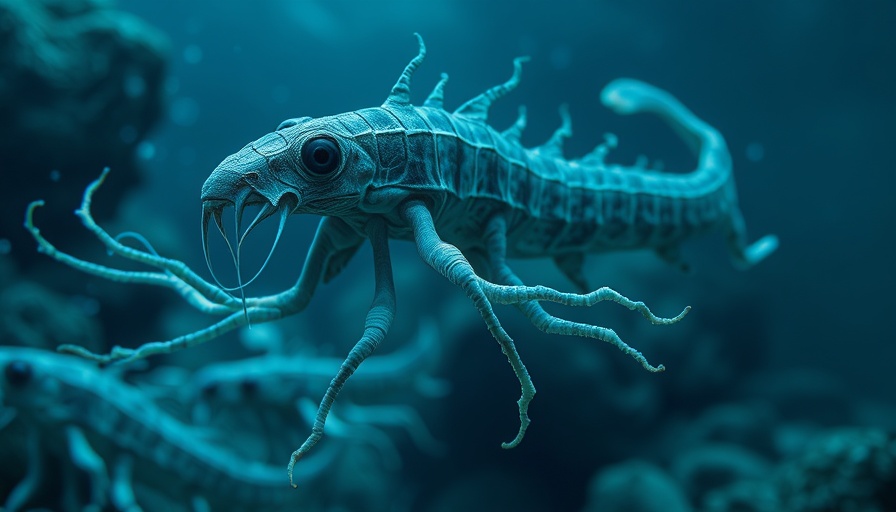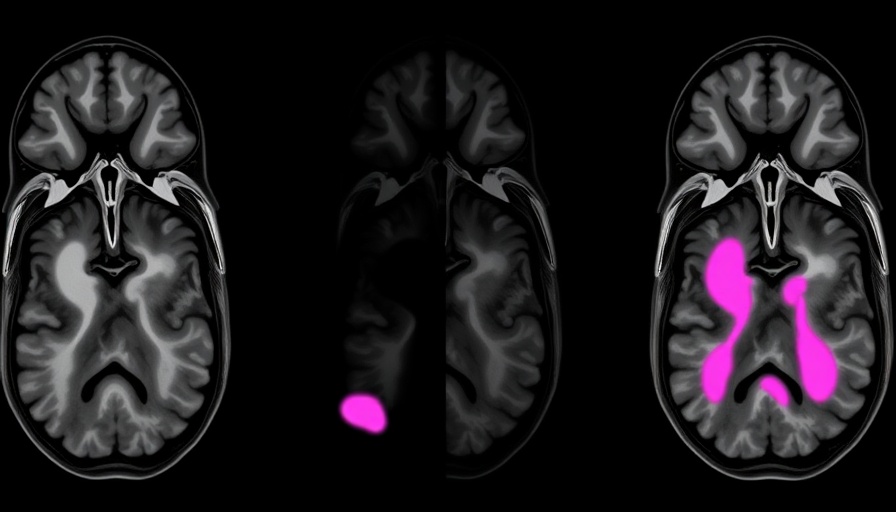
Decoding the Mysteries of the Cambrian Era
The recent findings from North Greenland have not only redefined our understanding of ancient life forms but have also sparked a revival of interest in the Cambrian Explosion—a time when life on Earth rapidly diversified.
For decades, scientists believed that the unique fossils known as nectocaridids were primitive cephalopods, closely related to modern squids. However, rigorous research undertaken by a team led by the University of Bristol has revealed that these remarkable creatures were, in fact, ancestral arrow worms, equipped with complex anatomical features that positioned them as fierce predators in the Cambrian oceans.
The Role of Nectocaridids in Evolution
This discovery challenges long-standing classifications of life. Nectocaridids exhibit significant differences from cephalopods, particularly regarding their anatomy and evolutionary lineage. While cephalopods like squids and octopuses are known for their intelligence and adaptability, nectocaridids were equipped with streamlined bodies and advanced sensory systems, including complex eyes that enhanced their predatory capabilities.
As researchers further explored these fossils, it became clear that there was a mistake in previously held beliefs about the lineage of these marine organisms, which has implications for understanding evolutionary transitions that led to modern biodiversity.
Rethinking the Cambrian Explosion
The Cambrian Explosion, occurring roughly 541 million years ago, was a pivotal moment in Earth’s history when most major animal groups began to appear. According to co-author Dr. Jakob Vinther, the preservation conditions in Sirius Passet allowed researchers to study soft-bodied organisms extensively. The unique find of paired mineralized structures indicative of a nervous system in these fossils offers novel insights into their behavior and predatory nature.
The complexity of these ancient creatures hints at a more intricate web of life than previously appreciated, as they managed to dominate their environment well before the age of cephalopods.
Insights into Predatory Anatomy and Behavior
The anatomical features of nectocaridids underline their role as apex predators in their ecosystem. The fossils demonstrated intact digestive systems with remnants of prey, highlighting how they fed and thrived in competitive marine environments. These findings suggest that they played a critical role in shaping marine food webs at a time when most organisms were still relatively simple in form.
This discovery not only reshapes our understanding of individual species but also alters the broader narrative of marine evolution. As scientists dissect the implications of these fossils, a clearer picture of ancient marine ecosystems emerges, showing a lively and diverse world filled with complex interactions.
Future Implications for Paleontology
As paleontologists continue to excavate and analyze fossils from the Sirius Passet locality, they will likely uncover even more surprising revelations about early marine life. Understanding these creatures not only adds depth to our grasp of evolutionary history but may also provide clues about resilience in changing environments and the evolutionary pressures that shape biodiversity.
Current studies aim to explore the environmental conditions that fostered the survival of such complex life, potentially serving as a reference point for understanding modern ecological challenges.
Why This Matters for Today’s Scientific Landscape
The reclassification of these creatures is significant not only to the field of paleontology but also raises discussions on broader issues of classification systems in biology and evolutionary lineage tracing. In an age where topics like climate change and biodiversity loss are pressing, insights gained from ancient life forms can inform strategies for conservation and sustainability.
By examining the past, we gain crucial knowledge on how life adapts, survives, and thrives, which may be integral as we confront contemporary ecological crises.
Engaging with Our Past
The study of these primordial creatures cultivates a greater appreciation for historical connections to modern ecosystems. Exploring how ancient organisms flourished engages the public, inviting conversations on evolution, adaptation, and the enduring legacies of Earth's earliest inhabitants. For individuals living in dynamic urban environments like Dallas, understanding these ecological principles encourages a mindful interaction with their surroundings, promoting sustainability in daily life.
Listening to the stories told by fossils can inspire actions aimed at protecting our planet's biodiversity, making past lessons relevant today.
These insights into our planet's ancient history prompt us all to engage with the natural world around us, leading to more informed lifestyle choices. For those curious about how ancient adaptations influence today’s ecosystems, keeping abreast of paleontological discoveries can uncover deeper connections to our own lives.
 Add Element
Add Element  Add Row
Add Row 



Write A Comment